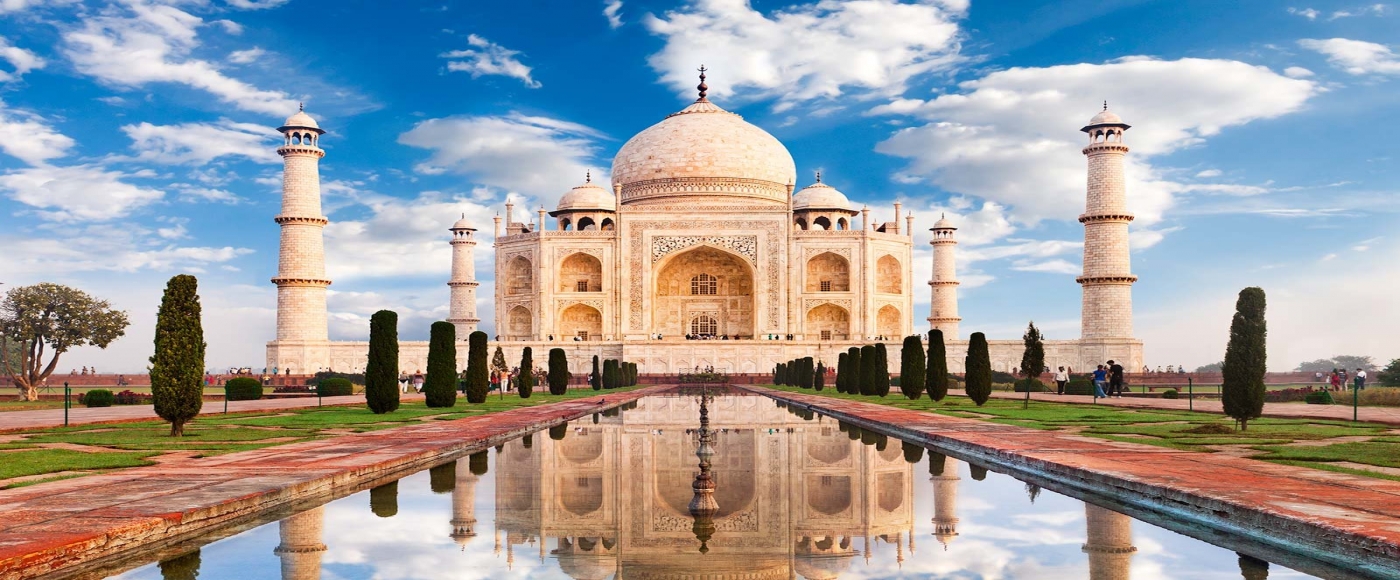DECORATIVE CONCRETE
Decorative concrete is the high-tech product in the construction industry, can replace the traditional brick. The biggest advantage is to reduce the pollution and reduce the production costs but the quality is unchanged.
Decorative concrete has a long history of development, invented in California in 1955 by Brad Bowman. Concrete decorative in Vietnam also about a decade ago was not favored by the limitations such as construction skills, limited technology, machinery, construction equipment is not available, the cost is still high, the design of the architect has not been utilized to apply for the project.
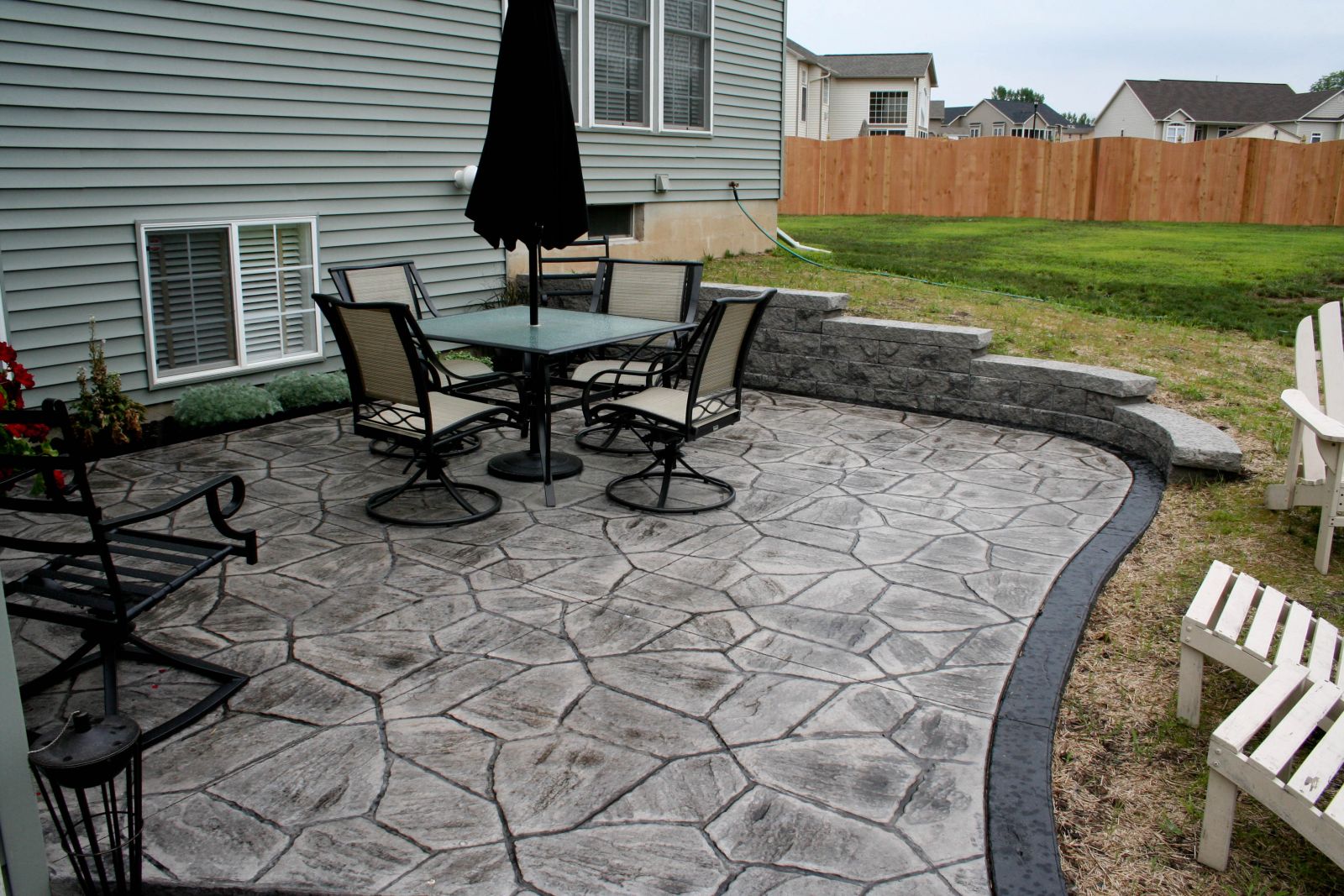
Decorative concrete (source: Internet)
Decorative concrete is a hi-tech product that is poured on the spot in combination with concrete admixture and polished with modern machinery, gradually replacing the ceramic tiles with its outstanding advantages such as extremely high aesthetics, decorative concrete system cast into large areas should minimize the gap of selling dust, easy surface cleaning, quick installation and important price stability.

Decorative concrete (source: Internet)
Classification of decorative: stamped concrete, polished concrete, grassconcrete, expose aggregate, terrazzo, accurstone, pervious concrete.

Stamped concrete (source: Internet)
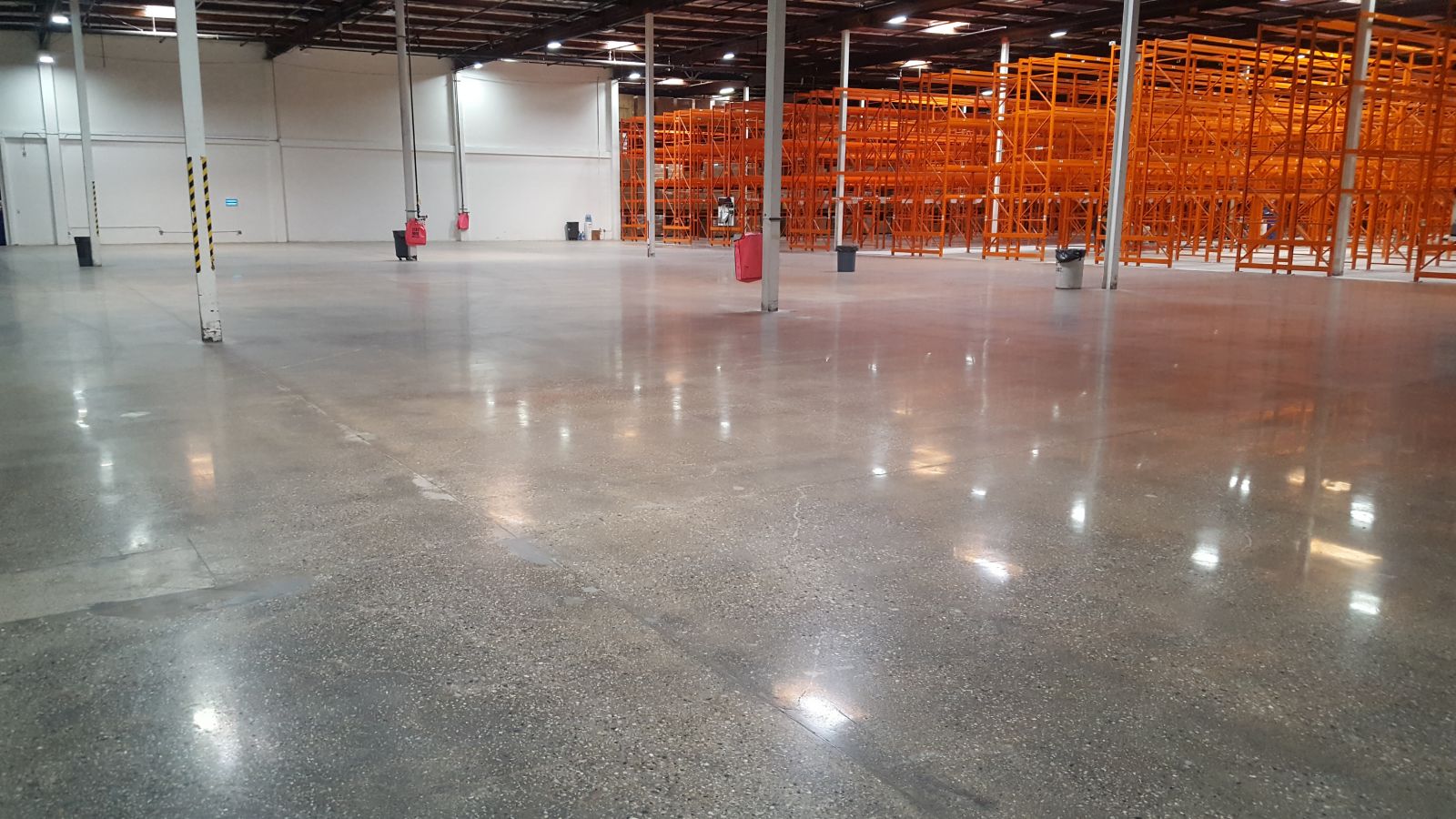
Polished concrete (source: Internet)
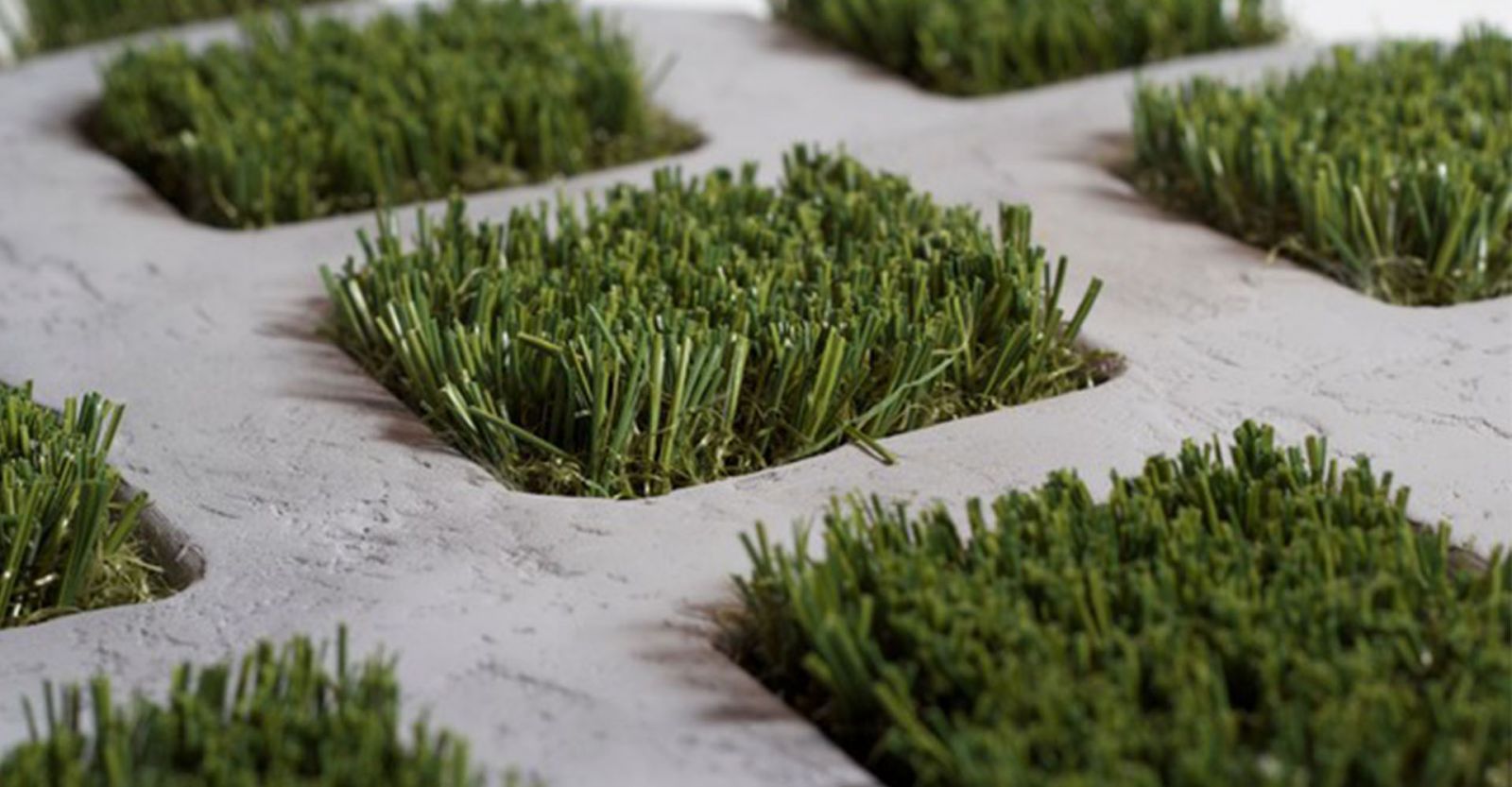
Grass concrete (source: Internet)
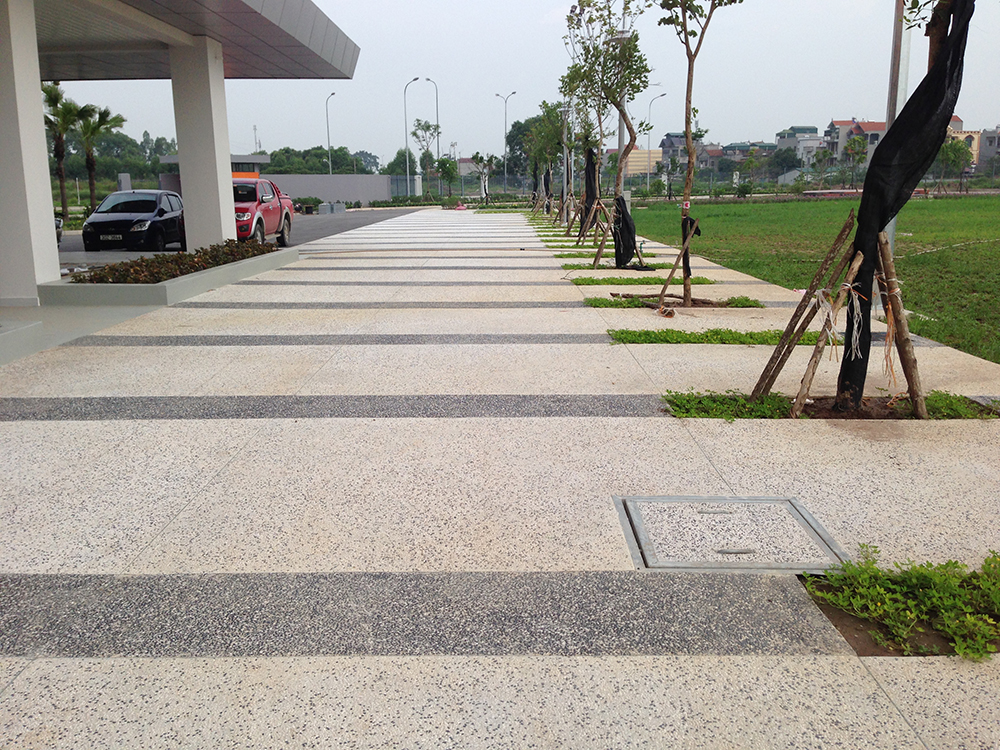
Expose aggregate concrete (source: Internet)
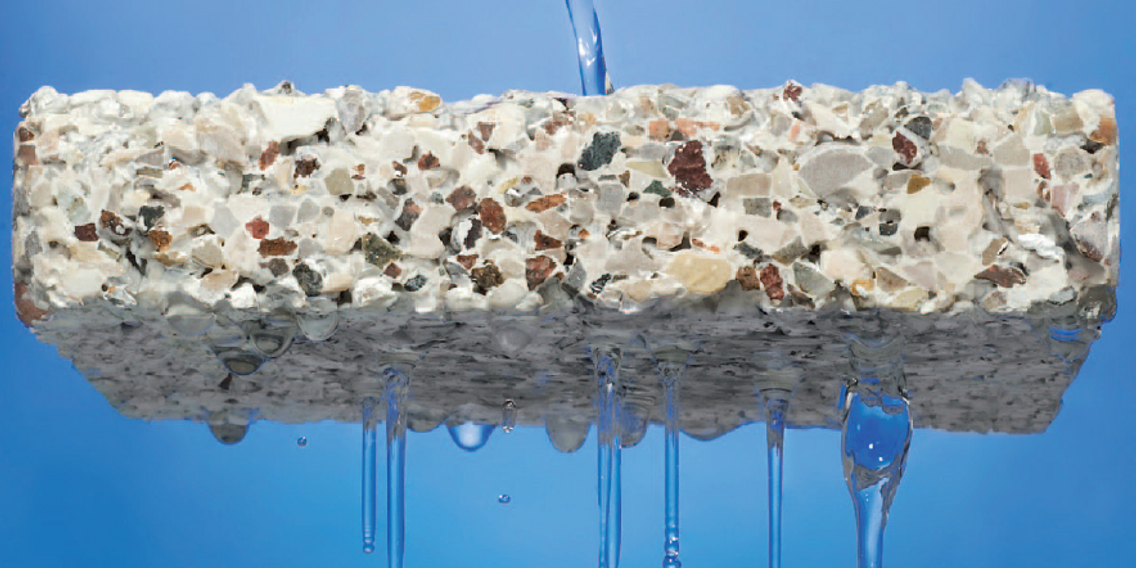
Pervious concrete (source: Internet)
Advantages of decorative concrete:
+ Apply quickly.
+ Environmentally friendly
+ Easy maintenance.
+ High durability and abrasion resistance.
+ Save money and invest in long-term.
+ Suitable for all sizes of works.
+ Minimize maintenance costs
+ Add value to the building.
Others:
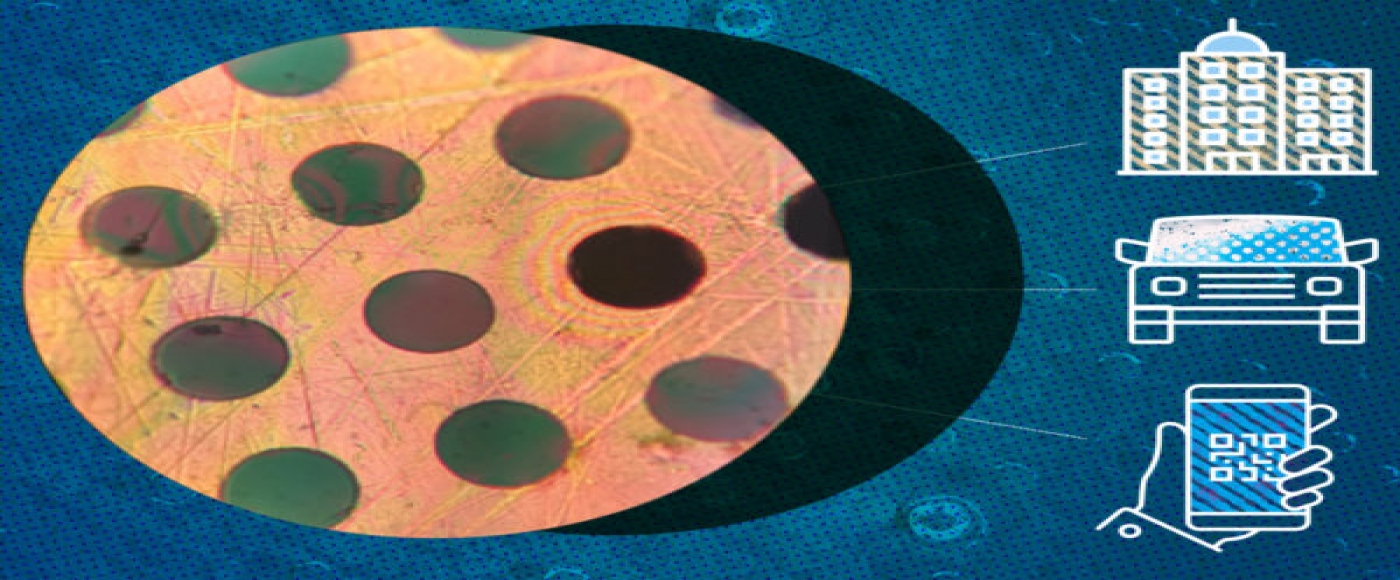
AN ‘IMPOSSIBLE’ 2D MATERIAL STRONGER THAN STEEL
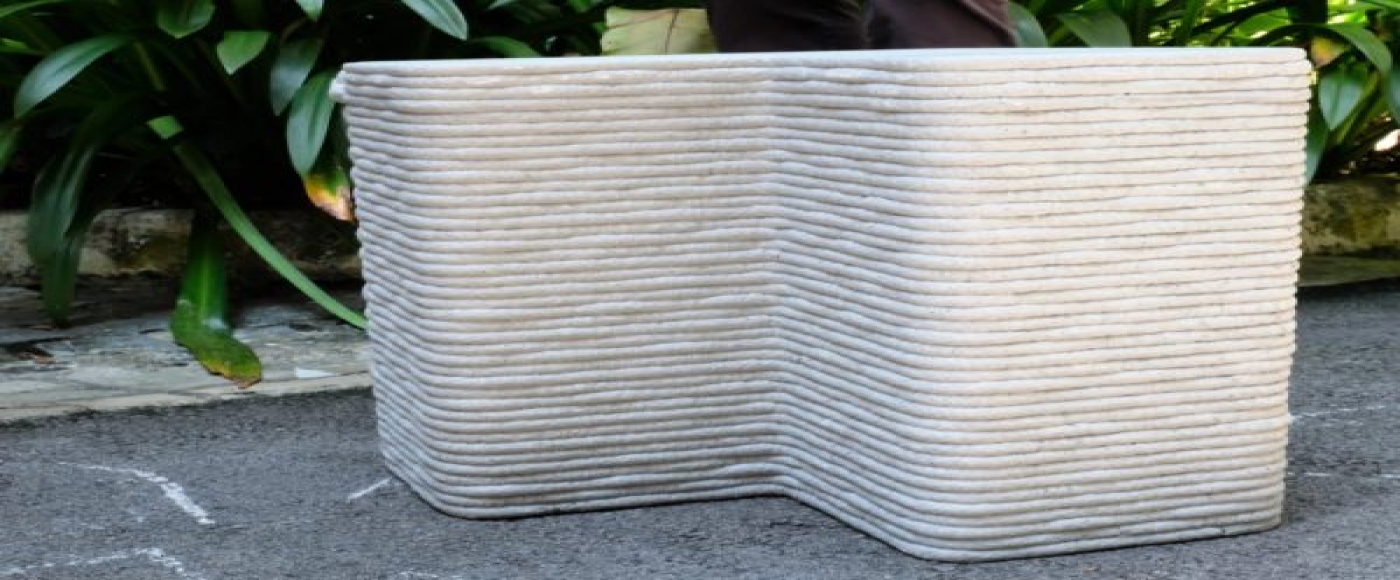
REPLACING SAND WITH GLASS WASTE IN CONCRETE 3D PRINTING
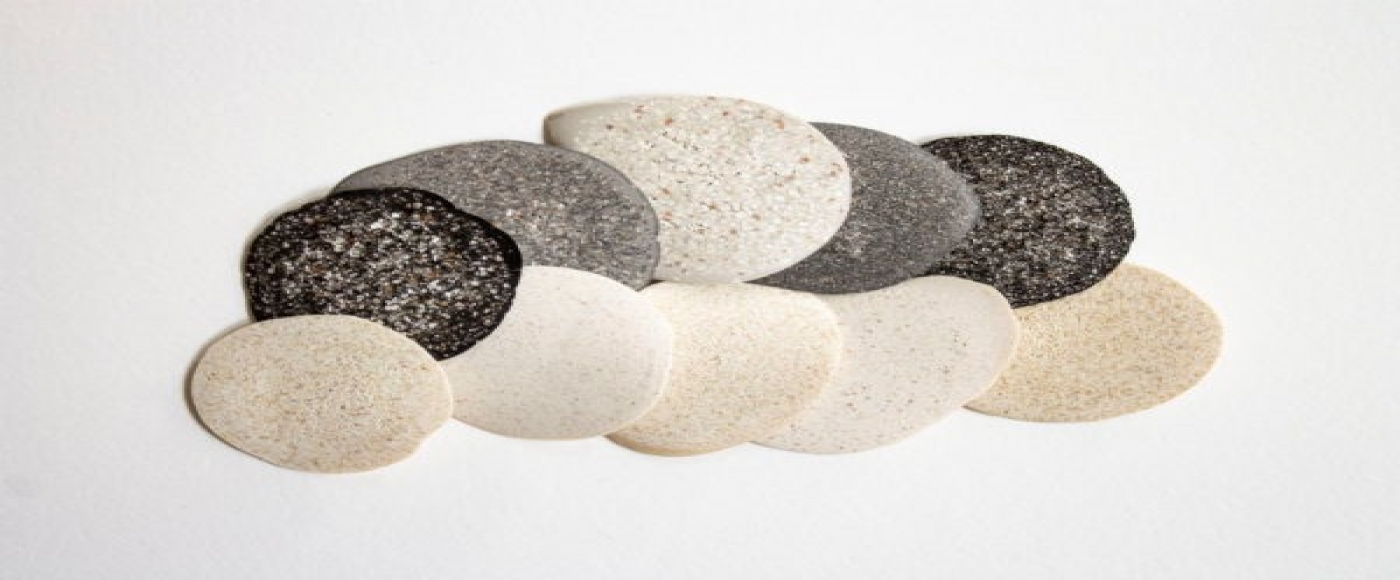
CERAMICS MADE OF EGGSHELLS
Vietnam’s Hospitality Real Estate – Time to rebuild

HoSkar Night - Networking Redefined
